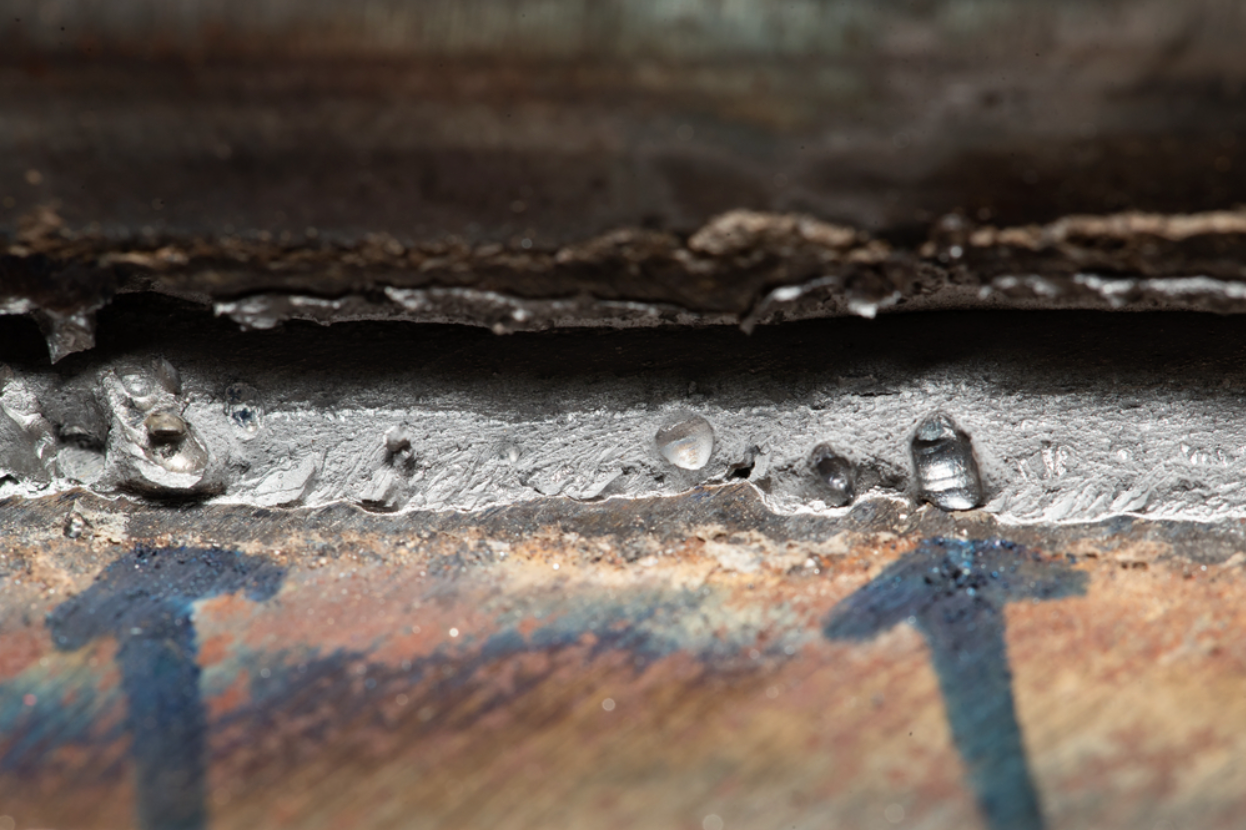How to Prevent Weld Undercut: Crucial Tips for Welders
How to Prevent Weld Undercut: Crucial Tips for Welders
Blog Article
Grasping the Art of Welding: Exactly How to Avoid Undercut Welding Issues for Flawless Construction Results
By comprehending the root causes of undercut welding and carrying out effective methods to prevent it, welders can raise their craft to new degrees of quality. In the quest of flawless fabrication outcomes, grasping the art of welding to stay clear of undercut issues is not simply an ability yet a need for those aiming for perfection in their work.
Recognizing Undercut Welding

To avoid undercut welding, welders should guarantee appropriate welding criteria, such as readjusting the existing, voltage, traveling rate, and keeping the right electrode angle. Additionally, making use of the suitable welding strategy for the particular joint setup is essential. Employing weaving motions or backstepping strategies can assist ensure proper weld steel deposition and minimize the chance of undercut formation. Routine examination of welds during and after the welding process is also essential to catch any undercut early and make necessary adjustments to avoid more issues. Preventing weld undercut. By comprehending the reasons for undercut welding and carrying out safety nets, welders can achieve high-grade, structurally sound welds.
Root Causes Of Undercut in Welding
Comprehending the aspects that add to undercut in welding is essential for welders to produce top notch, structurally sound welds. When the weld metal does not appropriately load the groove created in between the base metal and the formerly transferred weld metal, undercutting takes place. A number of variables can lead to undercut in welding. One typical cause is excessive warm input. Welding at high temperatures for extended periods can result in the base metal melting greater than wanted, leading to undercut. Inadequate welding inaccurate or current welding rate can additionally add to damage. Not enough current may not provide sufficient warm to thaw the base and filler steels adequately, while excessive rate can protect against proper combination, triggering undercut. Additionally, improper electrode angles or inaccurate lantern manipulation techniques can produce locations of low weld steel deposition, advertising undercut. Comprehending these causes and carrying out correct welding strategies can assist protect against damaging concerns, ensuring sturdy and strong welds.
Strategies to stop Undercutting

To mitigate the risk of undercutting in welding, welders can use calculated welding techniques focused on improving the high quality and honesty of the weld joints. One reliable technique is to readjust the welding parameters, such as voltage, current, and travel rate, to make certain appropriate heat input and deposition. Keeping an appropriate electrode angle and guaranteeing constant travel speed can likewise aid protect against undercut. Furthermore, using the right welding method for the particular joint setup, such as weave or stringer beads, can contribute to decreasing undercutting. Preventing weld undercut.
Additionally, proper joint preparation, consisting of guaranteeing clean base products totally free of impurities and using the ideal welding consumables, is important in protecting against undercut flaws. Using back-step welding strategies and regulating the weld bead profile can also help distribute warmth equally and minimize the threat of undercut. Regular assessment of the weld joint during and after welding, in addition to carrying check this site out out high quality assurance measures, can aid in finding and resolving undercutting issues immediately. By applying these methods carefully, welders can accomplish remarkable construction results with minimal undercut problems.
Importance of Correct Welding Criteria
Selecting and preserving proper welding parameters is essential for achieving successful welds with minimal problems. Welding criteria refer to variables such as voltage, present, take a trip rate, electrode angle, and protecting gas flow price that straight influence the welding process. These parameters must be carefully readjusted based on the sort of material being bonded, its density, and the welding method employed.
Proper welding parameters make certain the correct amount of warm is related to melt the base metals and filler product evenly. If the parameters are established expensive, it can lead to too much warmth input, triggering distortion, spatter, or burn-through. On the various other hand, if the specifications are as well low, insufficient blend, lack of penetration, or undercutting may happen.
High Quality Guarantee in Welding Procedures

Final Thought
In final thought, mastering the art of welding calls for a complete understanding of undercut welding, its reasons, and techniques to stop it. By making sure proper welding parameters and implementing high quality guarantee practices, remarkable construction outcomes can be achieved. It is essential for welders to consistently aim for excellence in their welding operations to avoid undercut problems and create high-grade welds.
Undercut welding, an usual defect in welding procedures, takes place when the weld steel doesn't effectively load the groove and leaves these details a groove or anxiety along the welded joint.To protect against undercut welding, welders should ensure appropriate welding parameters, such as readjusting the present, voltage, traveling rate, and keeping the appropriate electrode angle. Insufficient welding wrong or existing welding rate can also add to undercut.To alleviate the danger of undercutting in welding, welders can use tactical welding methods intended at enhancing the quality and honesty of the weld joints.In verdict, mastering the art of welding calls for a comprehensive understanding of undercut welding, its causes, and methods to stop it.
Report this page